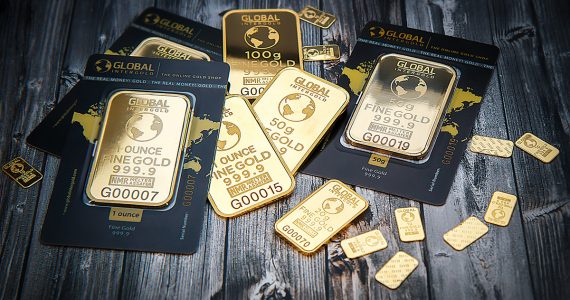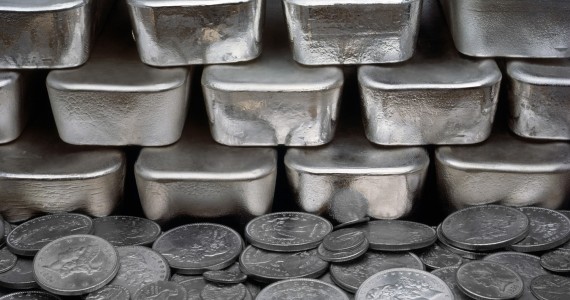Gold is considered as the standard of currency, if not the currency itself, in societies and civilizations worldwide for thousands of years. The high value placed on gold is justified not only because of its attractive luster but, more importantly, because of its superior durability, resistance against corrosion and oxidation, and malleability, among other qualities. But how is it exactly valued?
Before we answer this question, we want to emphasize that even among experts, it’s a question that can start a fierce argument! The financial and philosophical values of gold, as well as the exact factors that move its price and its best valuation method, are still debated today.
This isn’t surprising as gold has a wide range of consumer, commercial and industrial uses. If a consensus is reached regarding its value and valuation methods, then it would mean one less uncertain thing in the world.
Trivia: Most of the world’s gold production – about 85% to 90% – are used in bullions and jewelry while the rest are used in technological and industrial applications. For this reason, gold is more of a currency than a commodity, especially as its price tends to increase in times of uncertainty and fear.
Factors Influencing Price Movements
The price of gold in the market is influenced by several factors, many of which are intangible in nature:
- Public emotion, either by economic confidence or fear
- Inflation, both real inflation and perceived future inflation
- Costs of mining, which can include energy, capital and manpower costs
- Demand for the precious metal in relation to the supply (i.e., production output)
These factors all play a role in the up and down movement of gold prices at any given time although some of these factors can play a more significant role than the others. For example, if the real interest rates are high, then gold prices may dip because investors will likely put their money in the bank where it can earn actual interest instead of holding gold without a cash flow generation.
Of course, the law of supply and demand applies to gold prices, too. The more demand for gold and the less supply there is, its price will likely increase. The less demand for gold for any reason and the more supply there is, its price will subsequently decrease, all other factors being equal.
Of course, the current social, political and economic environment has an impact on gold prices. For most the United States’ history, for example, gold was valued at $20/ounce since the currency was defined by a certain amount of gold. During the Civil War, it slightly increased before it was brought back to its original value after the war ended.
After the 1930s Depression, gold was redefined at approximately $35/ounce. Since the US dollar was decoupled from gold in the mid-1970s, however, gold has become inflated in relation to its face dollar value since then.
Trivia: Did you know that the highest recorded gold price was $1,900/ounce? This happened in mid-2011 at a time known as the gold bubble.
Methods of Gold Valuation
The all-in sustaining costs (AISC) used by gold mining companies is the measurement of the partial costs of gold production and it’s reported in dollar per ounce. AISC is an industry-defined number, or a metric, published by the World Gold Council designed to standardize the reporting requirements regarding mining operations. AISC, furthermore, is also now applied to other metals like silver, copper and platinum.
If the gold price dips too close to the AISC or goes below these values, the gold mining companies become unprofitable. Investors should then be aware of the AISC to as part of their decision-making process – to invest or not to invest in a certain gold mining company, for example.
The major players in the gold industry currently have $1,000/ounce as the AISC. But there are variations, too – the lowest is at $800/ounce but there are also certain massive mines at $600/ounce.
Basically, $1,000 is the amount of money that it takes to produce an ounce of gold. Thus, if gold prices drop below $1,000/ounce, gold mining companies lose money since it costs more money to produce gold than the money secured from its sale.
On top of AISC, there’s also the free cash flow breakeven point, a number typically 50% higher than the given AISC. For example, if XYZ Company reports a $750/ounce AISC, it needs gold prices to be at $1,050/ounce in order to enjoy positive free cash flow for the year.
Tip: If you’re investing, you may want to look at the top five gold producers and check their positive free cash flow status as a group. You should be able to determine whether there’s an overvaluation of gold or not.
Do these concepts seem confusing? Don’t worry too much about it because like all new things, these can be learned with practice! You will find plenty of resources that will add to your knowledge and skills of precious metals investments, and the best time to start is now.









